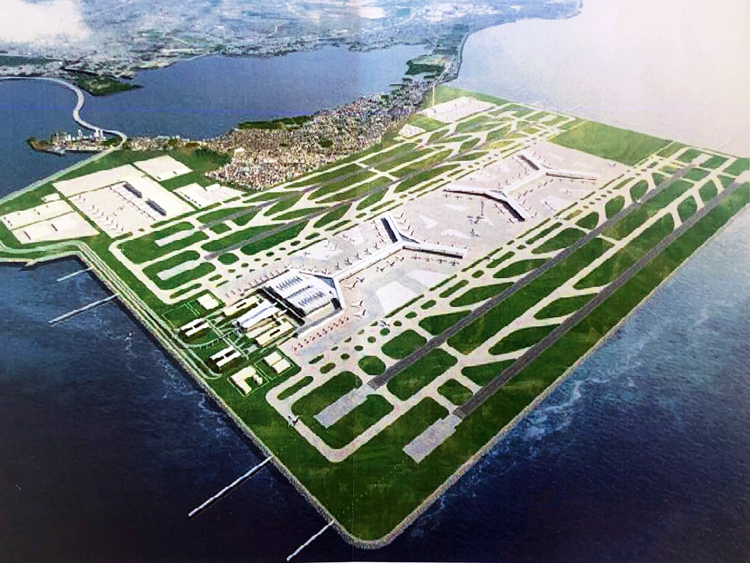The Philippines’ air passenger traffic reached 60 million in 2019, up 11 percent from 54.1 million passengers recorded in 2018, driven by the local airlines’ aggressive expansion in both domestic and international markets.
However, it would be challenging to sustain this in 2020 following the Taal Volcano eruption and the travel ban in China and South Korea due to the coronavirus outbreak.
Data from the Civil Aeronautics Board (CAB) showed the international traffic accounted for 30.5 million passengers last year and 29.5 million from the domestic operation.
For the domestic operation, Gokongwei-owned Cebu Pacific and its subsidiary Cebgo Inc. remained the leading carrier with a combined 20.5 million passengers last year, up 7.9 percent from 19 million the prior year. Of the total, 14.9 million passengers were from the domestic operation and 5.6 million from international.
For the international operation, Philippine Airlines (PAL) and its unit PAL Express kept the lead in the market with 7.7 million passengers, up 4 percent from 7.4 million the previous year.
The flag carrier’s combined passenger volume stood at 16.3 million last year, up 4.5 percent from 15.6 million in 2018.
Budget carrier AirAsia Philippines reported double-digit growth in passenger volume driven by the aggressive expansion in its international operation.
AirAsia reported 24 percent growth to 7.8 million passengers last year from 6.3 million in 2018. Of the total, its international operation grew 47 percent to 2.5 million passengers, while its domestic operation rose 15.2 percent to 5.3 million passengers.
This year, local carriers are facing difficulty in sustaining the growth with the closure of Ninoy Aquino International Airport due to the Taal Volcano eruption in January and the suspension of flights to China and South Korea.
Carmelo Arcilla, CAB executive director, earlier said the travel ban to China and its special administrative regions has significant impact to local carriers, with the dampening of desire to travel and the rising number of no-show passengers.
Arcilla said it has impact to 30 percent of Cebu Pacific flights and 51 percent to AirAsia Philippines and also to PAL.
Cebu Pacific flies 232 times weekly between Philippines and mainland China, Macau and Hong Kong. These routes account for 9 percent of its total flights.
PAL has an average of 140 flights to and from China per week, an equivalent of 18,165 seats for outbound Manila flights to China that were affected by the travel ban. The China operation contributes 10 percent to the total company revenue.
During the Taal Volcano eruption, the Manila International Airport Authority said 283 arrival and 233 departure flights were affected from January 12-13, 2020.




